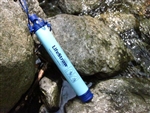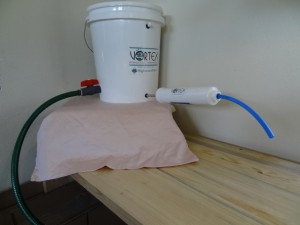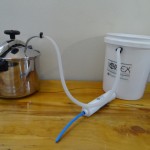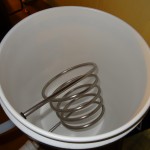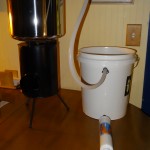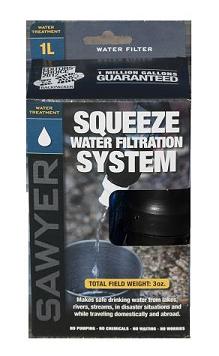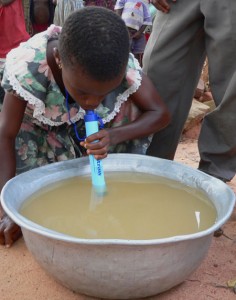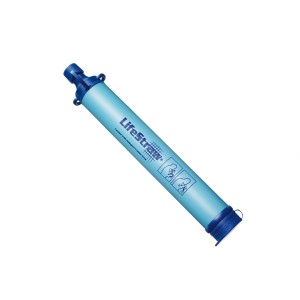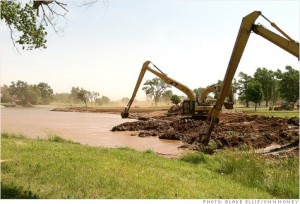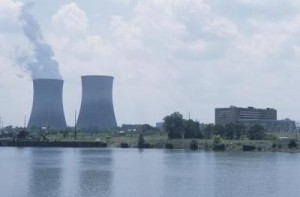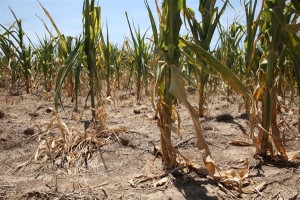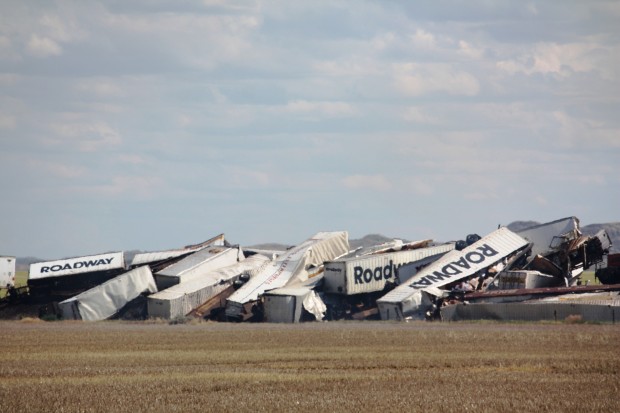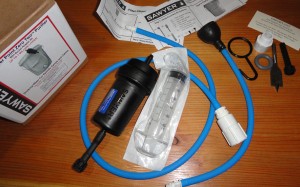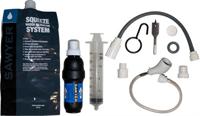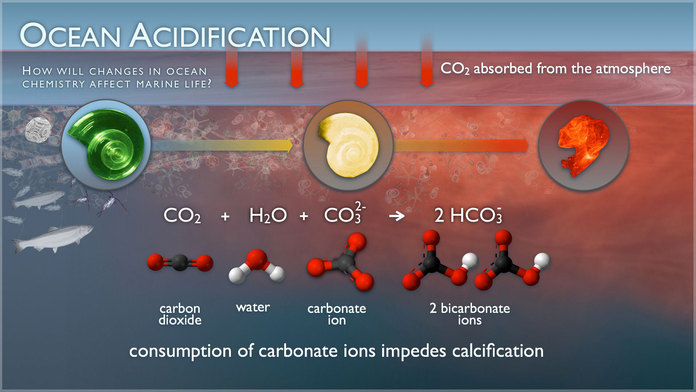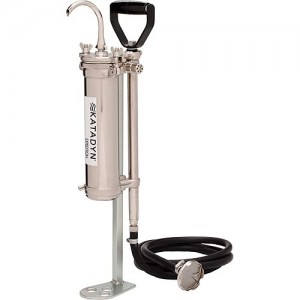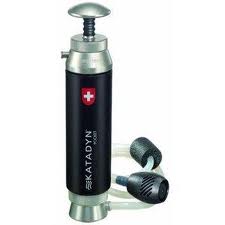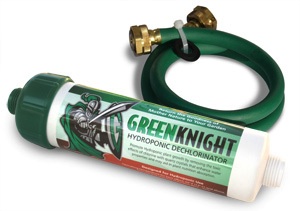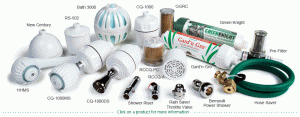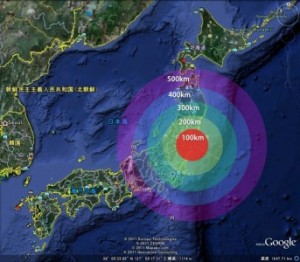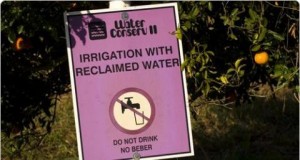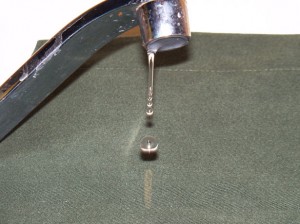 To many of us, the idea of toxic chemicals released by fracking into our water supplies seems remote. We assume only folks living next door to hydraulic fracturing operations in Texas, Ohio or Pennsylvania could possibly be affected.
To many of us, the idea of toxic chemicals released by fracking into our water supplies seems remote. We assume only folks living next door to hydraulic fracturing operations in Texas, Ohio or Pennsylvania could possibly be affected.
Hydraulic fracturing has now been applied more than a million times to onshore U.S. oil and gas wells. Worldwide, more than 2.5 million hydraulic fracturings have occurred, with more being planned every day.
Fracking chemicals
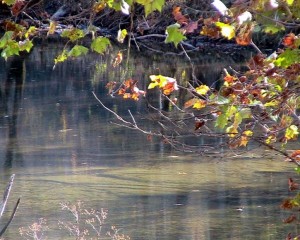 Fracking is the process of injecting water, chemicals and sand into shale rock to release natural gas. There are numerous negative consequences of fracking near communities, as the process produces a toxic wastewater that cannot be treated by standard water sanitation facilities. In fact, people who live in areas where fracking occurs may be consuming toxic water straight from their faucets, as many watchdog groups warn.
Fracking is the process of injecting water, chemicals and sand into shale rock to release natural gas. There are numerous negative consequences of fracking near communities, as the process produces a toxic wastewater that cannot be treated by standard water sanitation facilities. In fact, people who live in areas where fracking occurs may be consuming toxic water straight from their faucets, as many watchdog groups warn.
FracFocus.org has compiled an extensive list of chemicals used in fracking, along with maps and regulations for individual states. The chemical chart is sorted alphabetically by the Product Function to make it easier for readers to compare chemicals to fracturing records .
According to Food and Water Watch.org, more than 7,500 accidents, leaks and spills related to fracking occurred in 2013, negatively impacting water quality in rivers, streams and shallow aquifers. There have also been more than 1,000 documented cases of water contamination near fracking sites around the country, although the process is still used to extract natural gas in spite of claims made against its impact.
Water for fracking operations is mixed with sand and toxic chemicals, including over 100 suspected endocrine disruptors and carcinogens (including lead, mercury and uranium), Food and Water Watch states. Also, giant holding ponds or tanks are needed to store the chemically contaminated waste water that comes back up the hole after wells have been fractured.
Benzene
Besides the fracking chemicals, the fracturing process may release benzene into nearby water sources. Benzene is clear and has a sweet smell. It can be tasted once it reaches .5—4.5 parts per million. One ppm is equivalent to a single drop in 40 gallons of water. However, Benzene is toxic in water at .005 ppm, which can’t be detected by taste or smell.
Because Benzene is found both naturally and as a result of industrial sources, people are exposed to small amounts of the chemical daily. However, when we are exposed to high quantities of Benzene, serious health problems can develop. Drinking water contaminated by Benzene can cause stomach irritation, dizziness, sleepiness, convulsion, rapid heart rate, vomiting, or in extreme cases, coma or death.
Fracking technology has been in use for decades, but only recently has the industry developed the capacity to drill horizontally within the rock formations, which requires massive amounts of water and potentially toxic chemicals. But industry secrecy about the chemicals injected into the shale has made it difficult for scientists and government agencies to get the facts on health and environmental impacts of fracking.
Industry oversight
Individual states regulate fracturing that occurs within their borders, and they have different rules over the use of the process. The EPA says it is working with states and other key stakeholders to help ensure that natural gas extraction does not come at the expense of public health and the environment. According to the agency’s website:
“The Agency’s focus and obligations under the law are to provide oversight, guidance and, where appropriate, rulemaking that achieve the best possible protections for the air, water and land where Americans live, work and play. The Agency is investing in improving our scientific understanding of hydraulic fracturing, providing regulatory clarity with respect to existing laws, and using existing authorities where appropriate to enhance health and environmental safeguards.”
New York, Vermont have already banned fracking and now California is contemplating a ban, thanks in great part to forward-thinking environmental protestors and community action groups.
FracTracker.org, a non-profit that launched in 2010, provides oil and gas maps for over 30 U.S. states with drilling activity. Simply click on your state to learn about fracking operations. These maps may include drilled wells, violations, proximity to vulnerable populations, pipelines and proposals, waste disposal sites, sand mining operations, and more.
Hydraulic Fracturing 101
Activists such as these, who are rapidly becoming more organized, larger and stronger, are busy gathering data and proof that fracking is not good for the environment – despite industry claims to the contrary. Consider this innocent-sounding summary of fracking by Halliburton, a leader in the hydraulic fracturing industry:
- “So how does this process actually work? Well, it starts with a good bit of water and a lot of sand. Mix those two together, apply a couple thousand pounds of pressure, and introduce them to a reservoir several thousand feet below, often with the help of a small percentage of additives that aid in delivering that solution down the hatch.”
[Incidentally, the “good bit of water” Halliburton refers to is actually a lot of water. In south Texas, home to the hydraulically fractured Eagle Ford Formation, for example, the portion of water use for oil and gas well drilling and completion was 6 percent as of January 2012, compared to 64% for irrigation, and 17% for municipal use, according to Wikipedia.]
- “Then physics takes over. The force of the water creates a network of tiny fissures in the impermeable rock. The flow of water acts as a delivery mechanism for the sand, which finds its way into those newly created cracks and holds them open. This creates passageways through which the previously trapped natural gas can travel to get to the wellbore. The fracturing process is now finished; on average, it takes 3 to 10 days to complete.”
- “Now it’s time for the operator to remove the water, clearing the way for the newly stimulated well to produce energy for the next 20, 30, 40, even 50 years. The trucks, the pumps, the equipment, and the traffic that were needed to do the job – they’re long gone. The operator typically leaves a production valve and collection equipment behind. The rest of the site is remediated, often within 120 days.”
Fracking discovered in 1866
Halliburton is not alone in its praise of this new technology credited with bringing wealth and vitality to communities. In “A Brief History of Fracking,” Brian Hicks, investment director for the income and dividend newsletter The Wealth Advisory, explains how the concept of fracking is not new. It was devised in 1866 by Civil War veteran Col. Edward Roberts who patented the “Exploding Torpedo.”
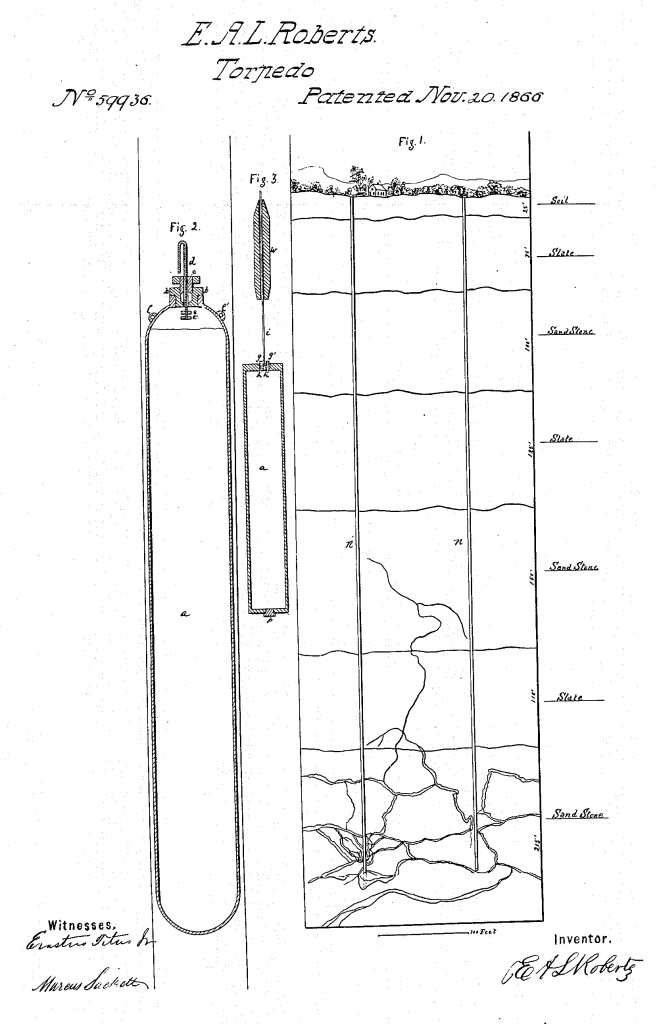 As the story goes, Roberts witnessed Confederate exploding artillery rounds plunging into the narrow millrace (canal) that obstructed a battlefield in Fredericksburg, Virginia. Roberts’ observation gave him an idea that would evolve into what he described as “superincumbent fluid tamping.”
As the story goes, Roberts witnessed Confederate exploding artillery rounds plunging into the narrow millrace (canal) that obstructed a battlefield in Fredericksburg, Virginia. Roberts’ observation gave him an idea that would evolve into what he described as “superincumbent fluid tamping.”
“Nobody knew it at the time, but Roberts’ “Exploding Torpedo” was the birth of the modern-day shale fracturing industry…”
Skip ahead to 2015 and “the U.S. now has 200 years’ worth of natural gas… and is predicted to be the largest oil producer in the world by the end of the decade, thanks to fracking,” says Hicks.
“Oh, and by the way… because the United States is using more natural gas as a result of the fracking revolution, the country’s CO2 emissions are at a six-year low…”
Fracking is good for the environment, Hicks concludes.
U.S. touted as fracking leader
Fracking is not, of course, limited to the United States. Citing U.S. shale-extraction success and energy revitalization, Japan and Algeria are among the most recent countries to begin fracking operations – also with heavy public opposition.
Hacina Zegzeg, a coordinator for a protest movement who lives and works in In Salah, Algeria, said in a January 2015 online Observer article that her group organized protests in 2014, but the debate cooled a bit because the government agreed to hold off beginning the extraction of shale gas until 2022.
“However, at the end of December last year, the prime minister came to inaugurate the country’s first drilling site, located about 28 kilometers from In Salah… And we had not even been warned about his visit. All this reignited the movement.”
Zegzeg said a shale gas mining operation poses a serious threat to her town because the groundwater table is fossilized, meaning that the water doesn’t replenish itself.
“We are at risk of having polluted water and running out of water entirely,” Zegzeg said.
Being proactive
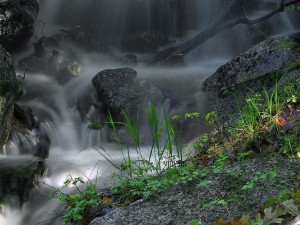 So long as humans rely on fossil fuels and can find a way to get to it, this debate will continue. Meanwhile, freshwater sources dwindle worldwide. If you live in an area where fracking is ongoing or being considered, learn all you can. Have your water tested. Contact your legislators to hold energy companies accountable for any contamination caused by fracking and to disclose the chemicals they use.
So long as humans rely on fossil fuels and can find a way to get to it, this debate will continue. Meanwhile, freshwater sources dwindle worldwide. If you live in an area where fracking is ongoing or being considered, learn all you can. Have your water tested. Contact your legislators to hold energy companies accountable for any contamination caused by fracking and to disclose the chemicals they use.


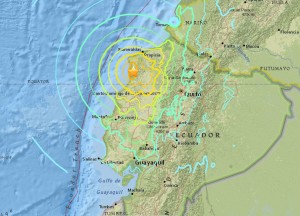
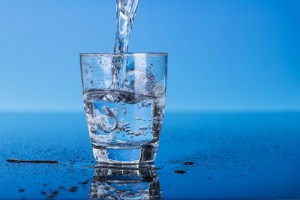
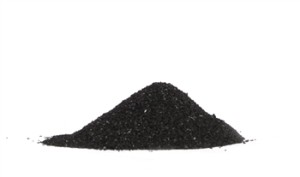
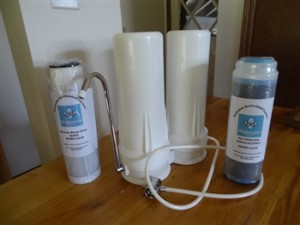 We now carry Bone Char filters, GAC for Chlorine removal and GAC for Chloramine removal. We also sell bulk Bone Char and GAC by the lb. Bundle up and get added protection from fluoride and heavy metals!
We now carry Bone Char filters, GAC for Chlorine removal and GAC for Chloramine removal. We also sell bulk Bone Char and GAC by the lb. Bundle up and get added protection from fluoride and heavy metals! 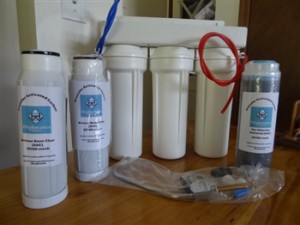
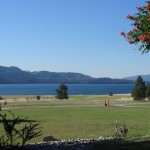





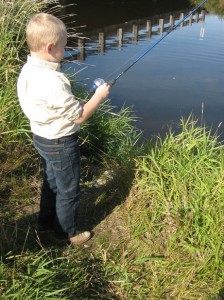
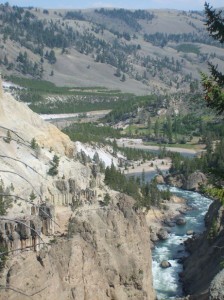

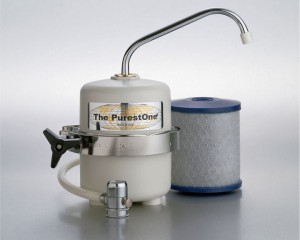
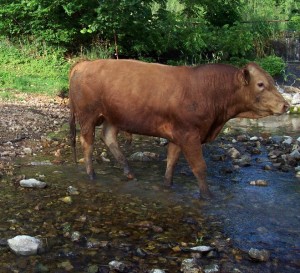
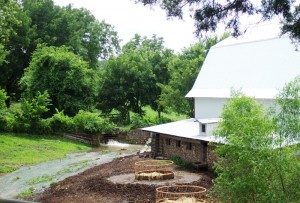

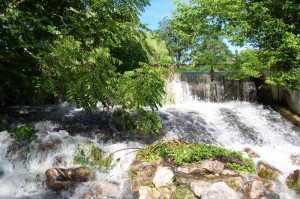
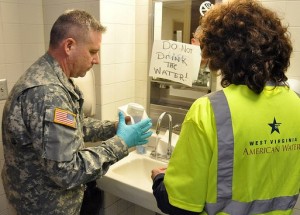
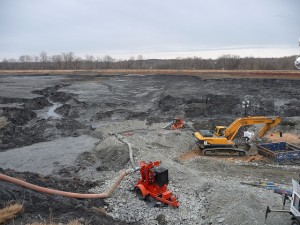



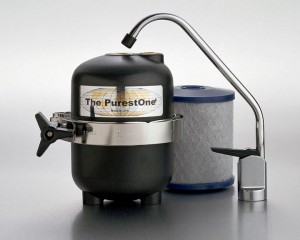

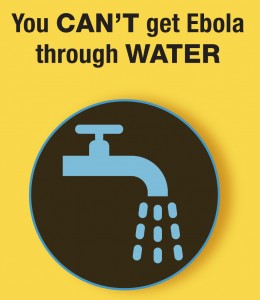
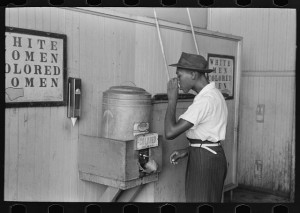
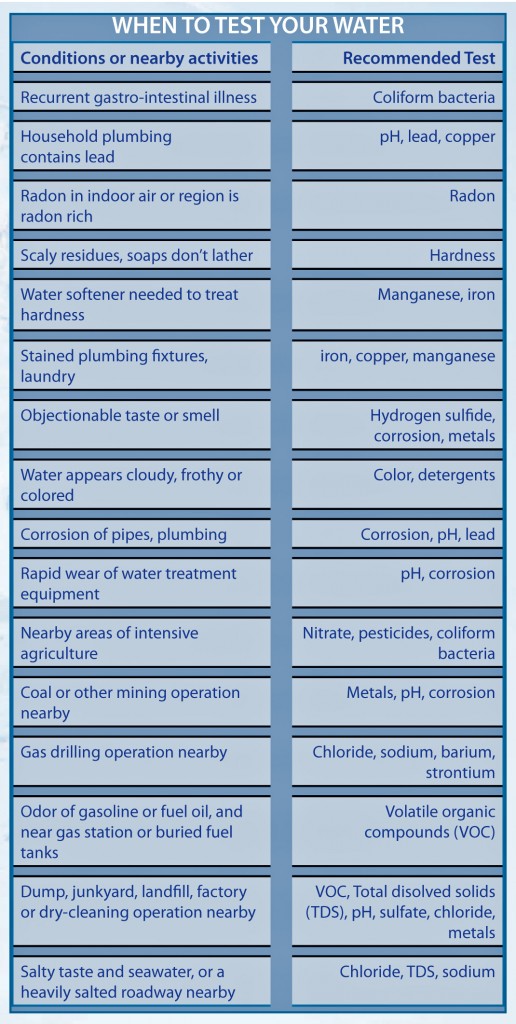

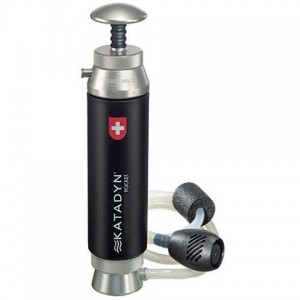







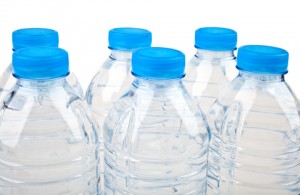
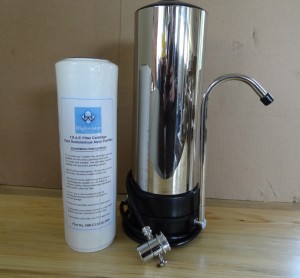

 At Highwater Filters we are always looking for the best products that we think our customers will find value in. We look for quality, affordability, ease of use, durability and size. We value efficiency and portability. We favor American-made products because we believe in supporting local economies and American workers.
At Highwater Filters we are always looking for the best products that we think our customers will find value in. We look for quality, affordability, ease of use, durability and size. We value efficiency and portability. We favor American-made products because we believe in supporting local economies and American workers.

